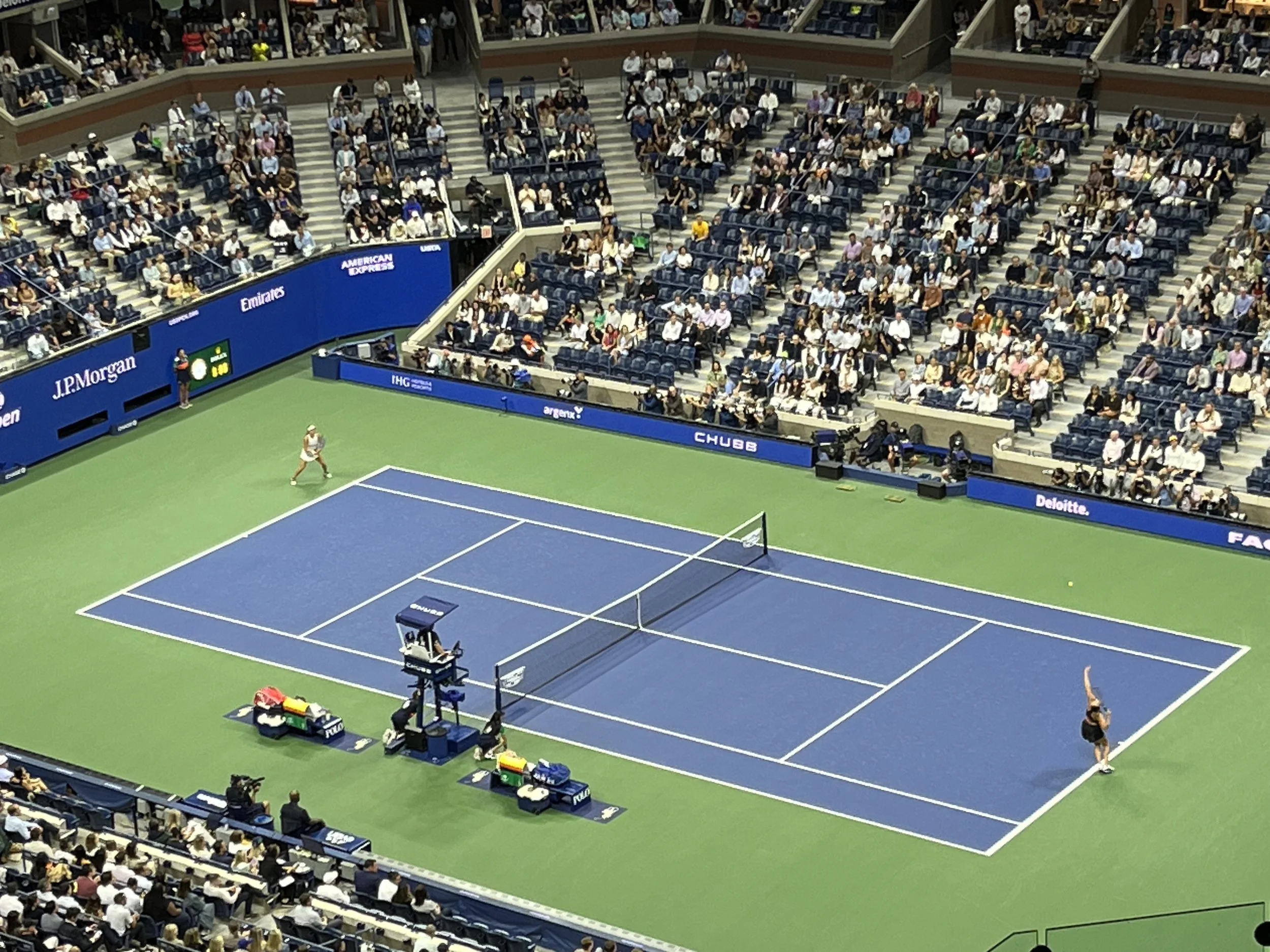Winning the Inner Game of Fall
“I turned around and I took a deep breath in, and I was, like, OK, it happens. It's in the past. Let's focus on the next one. I'm able to handle my emotions much better because I have a better understanding of who I am.”
This is what Aryna Sabalenka said after winning the US Open tennis tournament on September 6, 2025. I was struck by her words—not just because of her victory, but because of her growth. Sabalenka had lost many finals in the past, often rattled by her emotions. This time, mastering her inner game under pressure was the deciding factor in a Grand Slam final.
Of course, most of us will never know what it feels like to play in front of 25,000 people. But we do know what it feels like to be under pressure, to be judged, to feel misunderstood. And just like Sabalenka, how we manage our emotions can determine whether we play our best game—or sabotage ourselves.
Take “Joe,” one of my coaching clients. Joe was frustrated because he believed he was being unfairly judged by his boss’s boss. Years earlier, some junior associates had complained that Joe micromanaged. While he’s since improved his leadership style, Joe still feels branded as “too much.” His instinct has been to withdraw, get defensive, and protect himself. The result? His reputation erodes further.
This is the trap of the inner game. Without awareness, we repeat self-defeating patterns. But once Joe could name his tendency to withdraw, he could pause and ask, “Is this serving me?” Early in his career, flying under the radar helped him. But now, as a mid-level leader with senior aspirations, it holds him back.
This is where Sabalenka’s wisdom resonates: it begins with awareness. The ability to pause, reset, and refocus is what allows us to rise.
Wanting to deepen my own practice of pausing, I revisited a classic: The Inner Game of Tennis by Tim Gallwey. First published in 1974, it was revolutionary then—and still feels relevant now. Gallwey’s premise is simple but profound: without mental skills, high performance—and even enjoyment—is impossible.
He writes about two selves:
Self 1 is the ego, constantly critiquing and controlling.
Self 2 is the body, the inner intelligence that learns naturally when trusted.
The challenge for most of us? Getting Self 1 out of the way so Self 2 can do its thing. In other words: trust yourself.
Gallwey tells a story of two tennis lessons: one full of constant instructions, the other focused on simple modeling and example. The second student learns faster—because Self 2 is free to build skill. The lesson applies far beyond tennis: under stress, the more we can quiet Self 1, the better we perform.
Two questions stayed with me from my reread:
What do I really want here? For the sake of what am I doing this?
What helps me stay calm and focused? Can I breathe, reset, and bring myself back?
For me, these questions transformed how I approached even a friendly match. Instead of obsessing over winning or being perfect, I asked: What if the real prize is playing my best and enjoying it?
And when I needed focus, I tried one of Gallwey’s suggestions: falling in love with the ball. Yes, the fuzzy little tennis ball. Watching it rise, spin, and fall fascinated my mind enough to quiet Self 1. Instead of spiraling about losing 2–0, I reset—and won the next two games without overthinking.
That small experiment left me feeling lighter, calmer, and clearer about what truly matters. And it sparked a bigger question: Where else could I bring this practice into my life? Where could I invite more peace, clarity, and trust?
So I leave you with this invitation: as we move into fall, ask yourself—
What do I really want?
What helps me reset and refocus?
Play with these questions. Notice what shifts. The inner game is where the real transformation happens.
As the seasons change, let your inner game be your steady ground.
1. www.usopen.com - Aryna Sabalenka's secret at the 2025 US Open: 'I understand who I am' Diane di Costanzo/ Saturday, September 06, 2025


